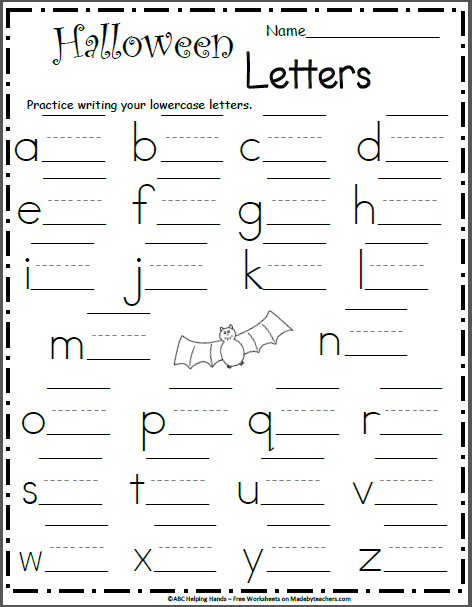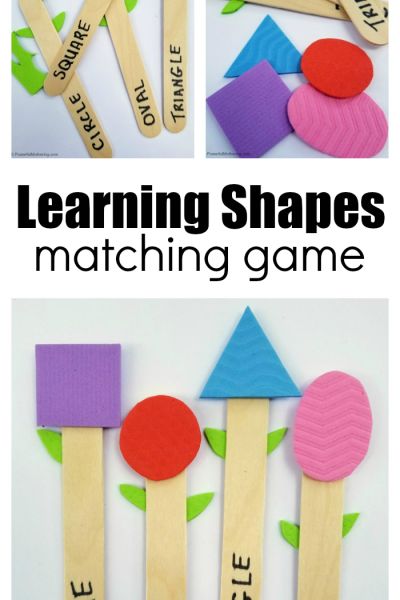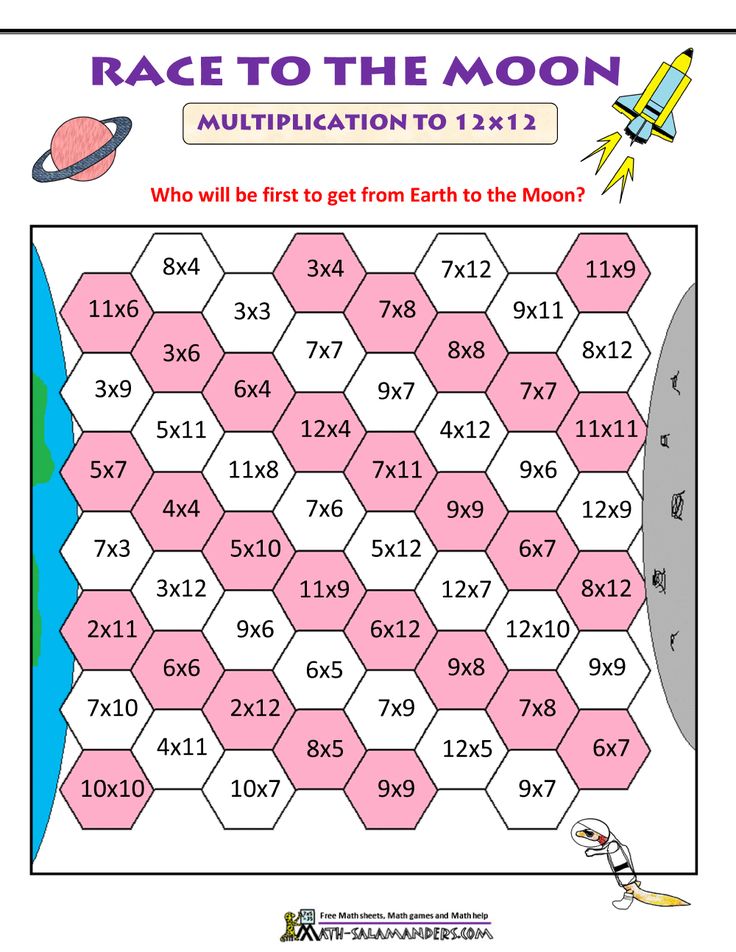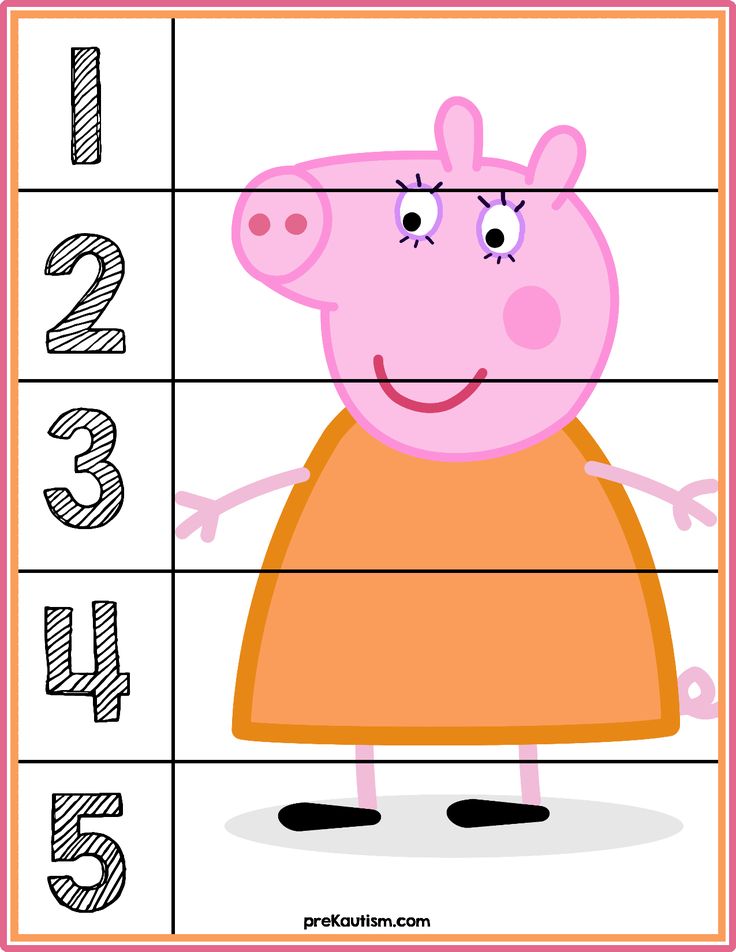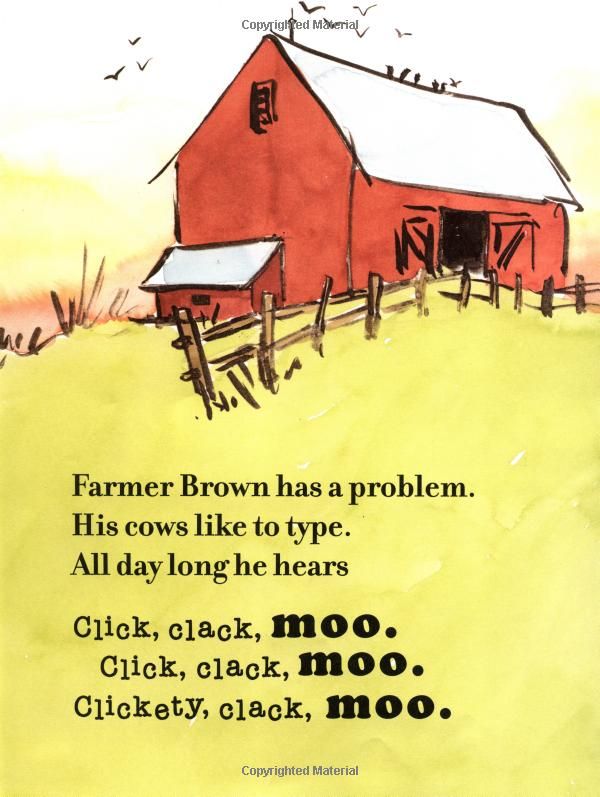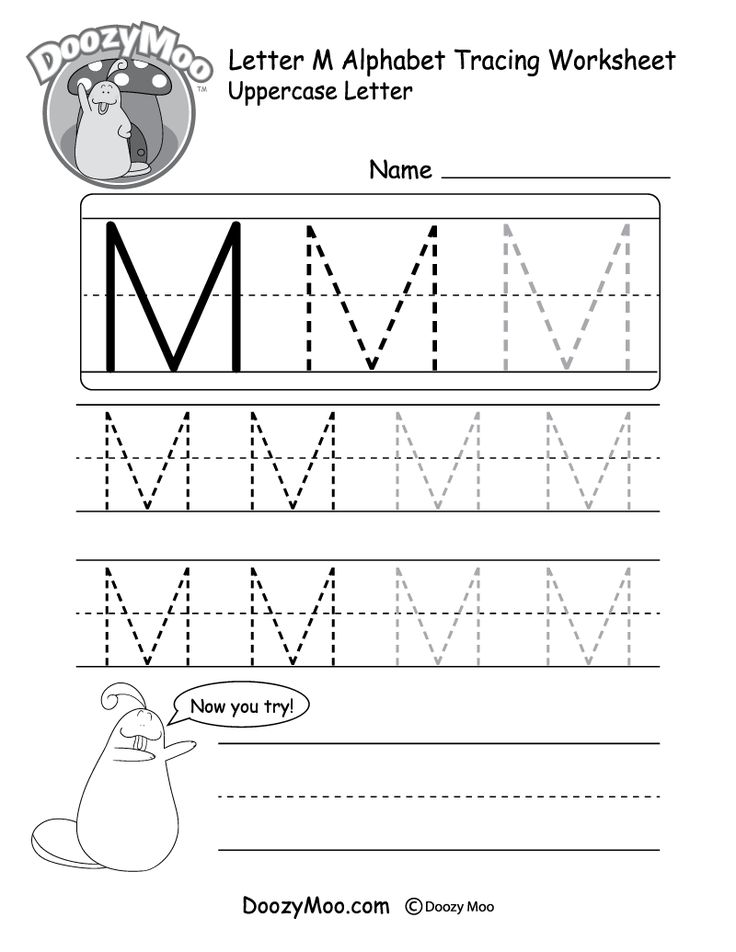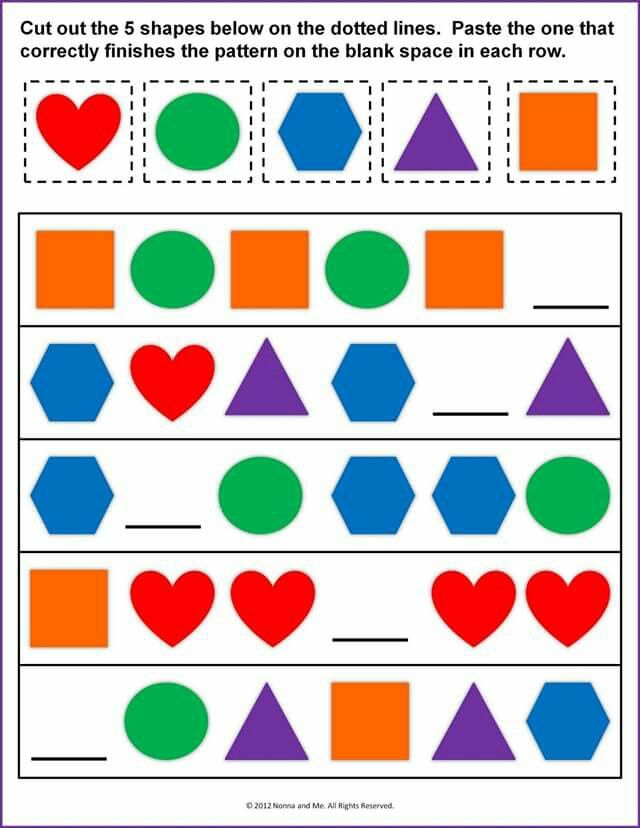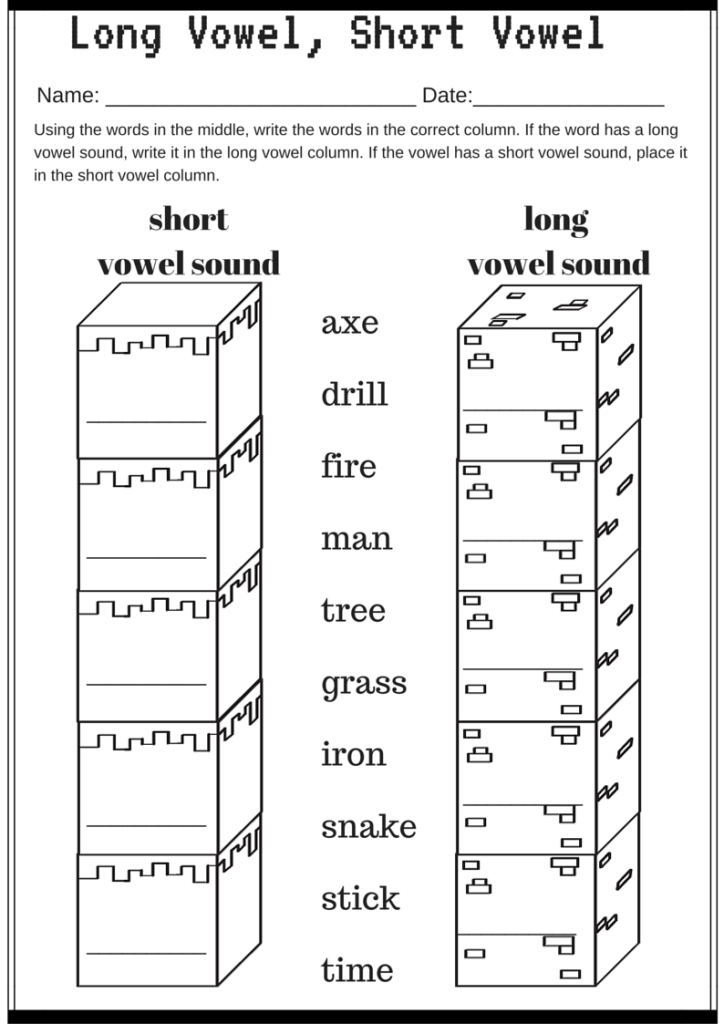Small letter m
latin small letter m (U+006D) @ Graphemica
Info · Code · Related · Glyphs · Chart · Encodings · Data · Tags · Comments
U+006D
Unicode Code Point
m
Character
latin small letter m
Name
Basic Latin
Block
Latin
Script
Lowercase Letter
Category
Lowercase
Case
M
Uppercase Character
Code
C, JavaScript, JSON, Java · CSS · HTML (Decimal) · HTML (Hex) · Perl · Python · Ruby · URL Escape Code
\u006D
C, JavaScript, JSON, Java
\00006D
CSS
m
HTML Entity (Decimal)
m
HTML Entity (Hexadecimal)
\x{6D}
Perl
\u006D
Python
\u{6D}
Ruby
m
URL Escape Code
Glyphs
Aegyptus, Regular
Musica, Regular
DejaVu Sans, Book
DejaVu Serif, Book
Times New Roman, Regular
Lobster1. 1, Regular
Chart
U+0000 - U+00FF
| 0 | 1 | 2 | 3 | 4 | 5 | 6 | 7 | 8 | 9 | A | B | C | D | E | F | |
|---|---|---|---|---|---|---|---|---|---|---|---|---|---|---|---|---|
| 000 |
|
|
|
|
|
| ||||||||||
| 001 | ||||||||||||||||
| 002 |
| ! | " | # | $ | % | & | ' | ( | ) | * | + | , | - | . | / |
| 003 | 1 | 2 | 3 | 4 | 5 | 6 | 7 | 8 | 9 | : | ; | = | > | ? | ||
| 004 | @ | A | B | C | D | E | F | G | H | I | J | K | L | M | N | O |
| 005 | P | Q | R | S | T | U | V | W | X | Y | Z | [ | \ | ] | ^ | _ |
| 006 | ` | a | b | c | d | e | f | g | h | i | j | k | l | m | n | o |
| 007 | p | q | r | s | t | u | v | w | x | y | z | { | | | } | ~ | |
| 008 | | | | | |
| | | | | | | | | | |
| 009 | | | | | | | | | | | | | | | | |
| 00A |
| ¡ | ¢ | £ | ¤ | ¥ | ¦ | § | ¨ | © | ª | « | ¬ | | ® | ¯ |
| 00B | ° | ± | ² | ³ | ´ | µ | ¶ | · | ¸ | ¹ | º | » | ¼ | ½ | ¾ | ¿ |
| 00C | À | Á | Â | Ã | Ä | Å | Æ | Ç | È | É | Ê | Ë | Ì | Í | Î | Ï |
| 00D | Ð | Ñ | Ò | Ó | Ô | Õ | Ö | × | Ø | Ù | Ú | Û | Ü | Ý | Þ | ß |
| 00E | à | á | â | ã | ä | å | æ | ç | è | é | ê | ë | ì | í | î | ï |
| 00F | ð | ñ | ò | ó | ô | õ | ö | ÷ | ø | ù | ú | û | ü | ý | þ | ÿ |
Encodings
0x6D
UTF-8 (hex)
01101101
UTF-8 (binary)
0x006D
UTF-16/UTF-16BE (hex)
0x6D00
UTF-16LE (hex)
0x0000006D
UTF-32/UTF-32BE (hex)
0x6D000000
UTF-32LE (hex)
\155
Octal Escape Sequence
Bidirectional Character Type
Left To Right (L)
Bidi Class
N
Bidi Mirrored
Unicode Data
age · AHex · Alpha · bc · Bidi_C · Bidi_M · blk · Cased · ccc · CE · cf · CI · Comp_Ex · cp · CWCF · CWCM · CWKCF · CWL · CWT · CWU · Dash · Dep · DI · Dia · dm · dt · ea · Ext · FC_NFKC · gc · GCB · Gr_Base · Gr_Ext · Gr_Link · Hex · hst · Hyphen · IDC · Ideo · IDS · IDSB · IDST · InMC · InSC · jg · Join_C · jt · lb · lc · LOE · Lower · Math · na · NChar · NFC_QC · NFD_QC · NFKC_CF · NFKC_QC · NFKD_QC · nt · nv · OAlpha · ODI · OGr_Ext · OIDC · OIDS · OLower · OMath · OUpper · Pat_Syn · Pat_WS · QMark · Radical · SB · sc · scf · scx · SD · slc · stc · STerm · suc · tc · Term · uc · UIdeo · Upper · VS · WB · WSpace · XIDC · XIDS · XO_NFC · XO_NFD · XO_NFKC · XO_NFKD
1. 1
1
age
Y
Alpha
N
Bidi_C
N
Bidi_M
ASCII
blk
Y
Cased
N
Comp_Ex
006D
cp
N
CWKCF
none
dt
#
FC_NFKC
Y
Gr_Base
N
Gr_Ext
N
Hyphen
NA
InMC
Other
InSC
No_Joining_Group
jg
N
Join_C
Y
Lower
LATIN SMALL LETTER M
na
N
NChar
Y
NFC_QC
Y
NFD_QC
#
NFKC_CF
Y
NFKC_QC
Y
NFKD_QC
None
nt
N
OAlpha
N
OGr_Ext
N
OLower
N
OMath
N
OUpper
N
Pat_Syn
N
Pat_WS
N
QMark
N
Radical
Latn
sc
Latn
scx
004D
stc
N
STerm
004D
suc
004D
tc
004D
uc
N
UIdeo
N
Upper
N
WSpace
N
XO_NFC
N
XO_NFD
N
XO_NFKC
N
XO_NFKD
Tags
syllabic consonant
bilabial consonant
url safe characters
burmese ipa
central alaskan yup'ik ipa
em
Log in or Sign up to tag this character.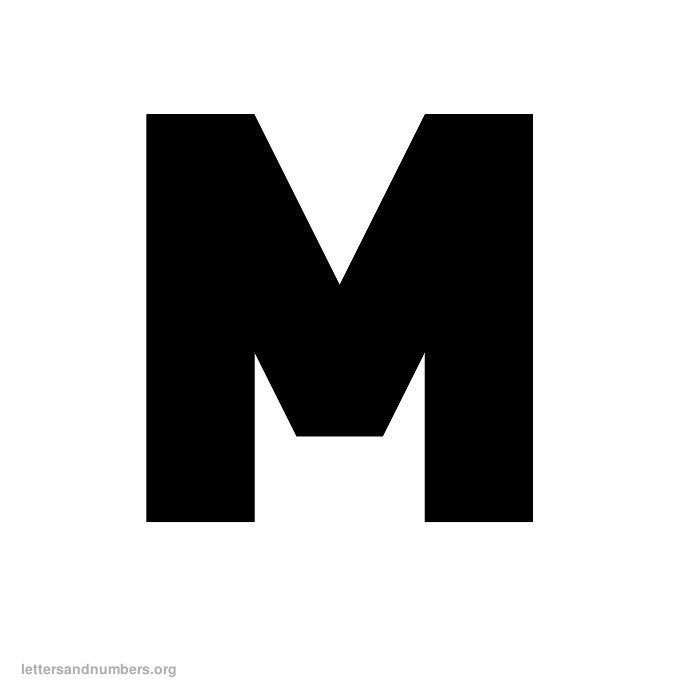
Small Letter M - Etsy.de
Etsy is no longer supporting older versions of your web browser in order to ensure that user data remains secure. Please update to the latest version.
Take full advantage of our site features by enabling JavaScript.
Find something memorable, join a community doing good.
(339 relevant results)
Writing lesson.
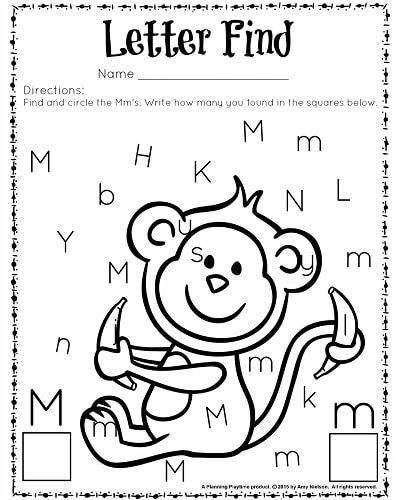 Lowercase letter m | Outline of the lesson in the Russian language (Grade 1) on the topic:
Lowercase letter m | Outline of the lesson in the Russian language (Grade 1) on the topic: Methodological development of the lesson on the letter "Lower letter m"
- Makushina Irina Ivanovna, primary school teacher
Sections: Teaching in elementary school
: "SMALL LETTER M"
Lesson objectives:
- to teach correctly how to write a lowercase letter m, compounds in letter combinations.
- to form and improve the graphic skill, to awaken the thought of students, to involve them in feasible research activities.
- develop memory, attention, logical thinking, creativity, writing and speaking.
- create positive motivation for learning. Cultivate interest in the subject, attentive attitude to handwriting.
Equipment:
- recipe No. 2 (V.A. Ilyukhina, Miracle recipe No. 2), image on the poster "Girl - autumn";
- demonstration plate with m and m;
- individual display cards with lower case m;
- fly agaric, subway, mammoth cards;
- tape recorder with P.
 Tchaikovsky's music from the cycle "The Seasons";
Tchaikovsky's music from the cycle "The Seasons"; - board; colored chalk; colour pencils.
LESSON PROGRESS
I. ORGANIZATIONAL POINT.
Emotional mood.
The bell rang and stopped
The lesson starts.
We sat down together at the desk
And looked out the window.
We listened to music,
We pricked up our ears.
Sounds "Autumn Song" (October) from the cycle "The Seasons" by P. Tchaikovsky.
- What mood was conveyed through the music and nature of October?
- Dear guys! Autumn has come to visit us!
On the board is a poster with the image of "Autumn Girls".
- She scattered sheets of paper on the board - tasks, she offers to complete them.
Be attentive, diligent, work carefully in copybooks.
II. GRAPHIC DICTATION.
Autumn offers to start the lesson with an oral dictation "Name the letter according to its verbal description". Your task is to listen carefully to the verbal description and graphically perform the proposed actions on the clear top line.
1) We put the "rocking chair" on the bottom ruler of the working line, we go far to the side up and, not reaching 1/3, we write out the "secret", according to the "secret" a straight inclined line down, turn in place, hook to the middle.
2) We put the pen on the upper ruler of the working line, go down in a straight inclined line, turn in place, go up the hook to the middle, write "secret", according to the "secret" straight inclined line down turn in place, hook to the middle .
- What letters did you write down? (l,i)
Well done! Knowledge of writing algorithms for the letters l, and will help us in a successful journey through the country "Bukvolandiya".
III. MESSAGE OF THE TOPIC, MAIN GOAL AND TASKS OF THE LESSON.
On the board is a picture of a fly agaric.
Autumn prepared a riddle:
Here is someone important
On a little white leg.
He has a red hat,
Polka dots on the hat. (Fly agaric)
- Good guys! What words helped determine that it is a fly agaric?
- Color the sound pattern of the word fly agaric.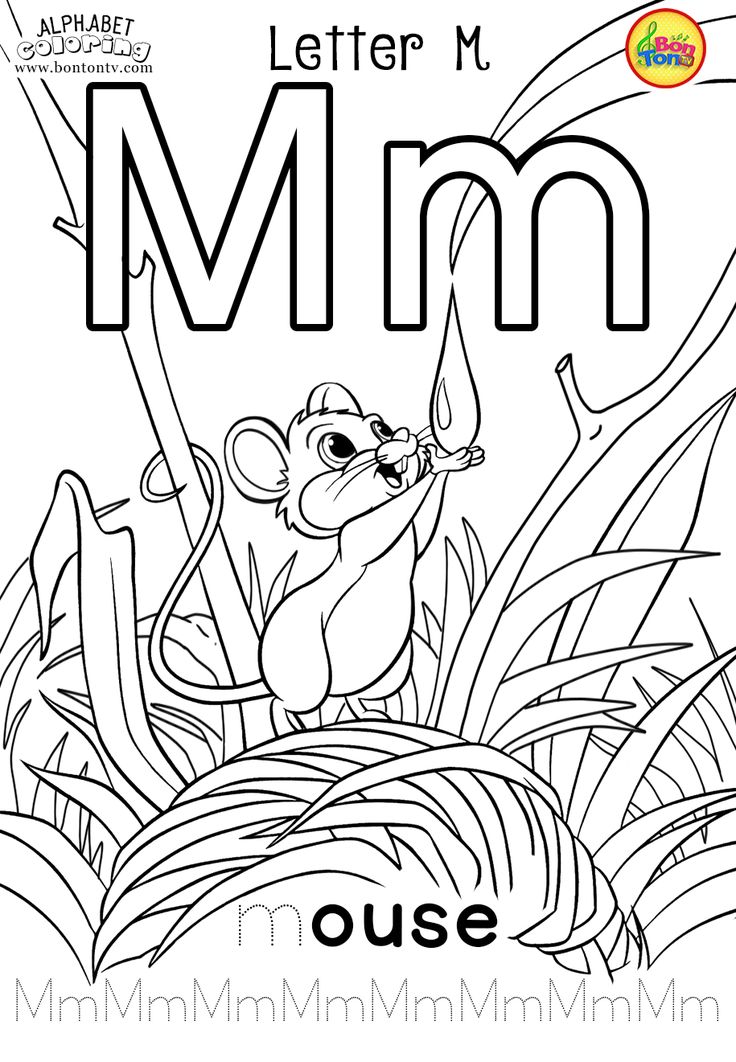
One student works at the blackboard, the rest - in copybooks.
- Name the sound that is repeated twice in the word fly agaric ([M]).
- Give a complete description of the sound [M].
- What letter represents the sound [M]?
- Formulate the topic of today's lesson. (lowercase m)
- Based on the topic, state the main goal and objectives of the lesson.
Use the phrases written on the board to do this:
Write a lowercase letter…
Pronounce the algorithm ...
Connect ...
Write words ...
Play ...
(The main goal is to learn how to beautifully write a lowercase letter m, learn to pronounce the algorithm for writing a lowercase letter M.
Lesson objectives - to learn how to combine the letter M with others
- Good girls!0003
- Dear guys! Autumn offers to play a game.
"Go on, don't yawn!
And test yourself!"
In order to repeat the rules of seating, the ability to hold a pen, correctly position the writing on the desk, the ability to correctly move the pen along the line. (Children name the rules and control themselves).
(Children name the rules and control themselves).
V. FINGER GYMNASTICS
HELLO!
Hello, golden sun!
Hello blue sky!
Hello, free breeze!
Hello little oak tree!
We live in the same region
I greet you all!
(The fingers of the right hand alternately "hello" with the fingers of the left hand, patting each other with the tips).
VI. WORK ON NEW MATERIAL.
1. TRIAL ANALYSIS OF THE LETTER M.
- Carefully examine the written lowercase letter m.
- What familiar elements did you see?
- Which letters have such elements? (l, i)
Design.
The teacher demonstrates the overlapping of the letter l with the letter i.
Children are convinced that their answers are correct.
- Well done! The lowercase letter m consists of the first element of the letter l and of
letters and - the queen of the country "Letterland".
- Try to say for yourself how the lowercase letter m is written.
(Children give a verbal description of the lowercase letter m)
"secret", according to the "secret" straight inclined line down, turn in place, hook to the middle, "secret", according to the "secret" straight inclined line down, turn in place, hook to the middle.
- How many huts?
- How many "halves"?
- How much "1/3"?
- Autumn suggests writing a lowercase letter m in the air with pronunciation.
- And now write with your finger on an individual card.
- Who wants to write the letter m on the blackboard with a wet brush?
2. WRITING TWO LETTERS BY THE DOTS DICCTED BY THE TEACHER.
- Guys! Autumn also wrote a lowercase m. She tried very hard! But the wind shifted the "elements". Look what a "commotion" turned out!
Explain the shortcomings in the graphic writing of letters.
(Different versions of the letters m are written on the board with calligraphic errors).
(No slope, no huts, no parallelism, no hook line)
- How to fix errors?
- Taking into account the shortcomings, write the letter m on your own twice.
3. SELF-ANALYSIS OF WRITTEN.
- Underline the most successful, in your opinion, letters.
Autumn rejoices for you. She is very pleased that you have attentive eyes and hardworking fingers.
PHYSICAL MINUTE
We are autumn leaves
We are sitting on the branches.
The wind blew - they flew
And quietly sat on the ground.
The wind came up again
And he picked up all the leaves.
They swirled, flew
And quietly sat down on the ground.
VII. LETTER OF LETTER COMBINATIONS.
(Analysis of all connection methods with subsequent letters and giving a verbal description) ma m am om vm
- Read the letter combinations
- What groups can these letter combinations be divided into?
- Read open syllables. Justify your choice.
- Read the closed syllables. Justify your choice.
- Prove that the letter combination vm is not a syllable.
- Autumn invites you to play the Mark the Place game.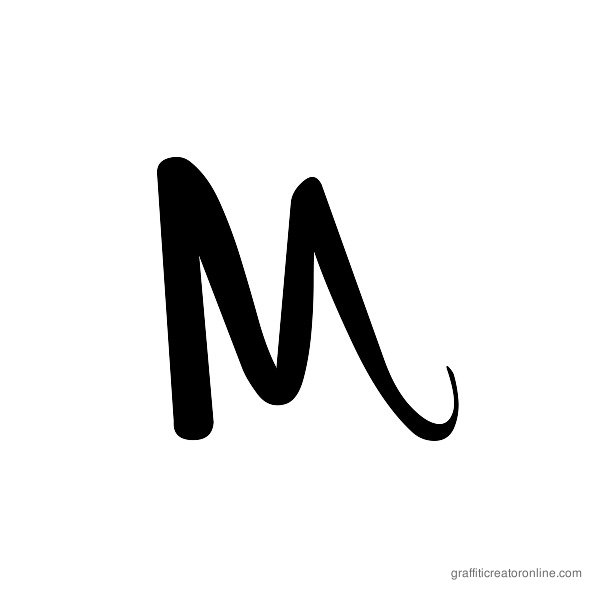
Mark all the junctions of the letters and the element in the letters.
Two students work at the blackboard, the rest in copybooks.
- Now write down the letter combinations.
- Think of words where these letter combinations are used.
- Well done!
VIII. EYE GYMNASTICS
1. Blink frequently several times. Close your eyes and calmly count to 5.
Repeat the exercise 4 times.
2. Close your eyes tightly, count to 3. Then open your eyes and look into the distance, count to 5.
Repeat the exercise 4 times.
3. Extend your right arm forward. Slowly move your index finger left to right and follow it with your eyes. Keep your head still.
Repeat 4 times.
IX. LETTER OF WORDS WITH THE LETTER M.
1. MOTHER
- Autumn prepared a poem
(a trained student reads by heart)
There is a necessary and important word in the world.
As if the sun warms this word of everyone.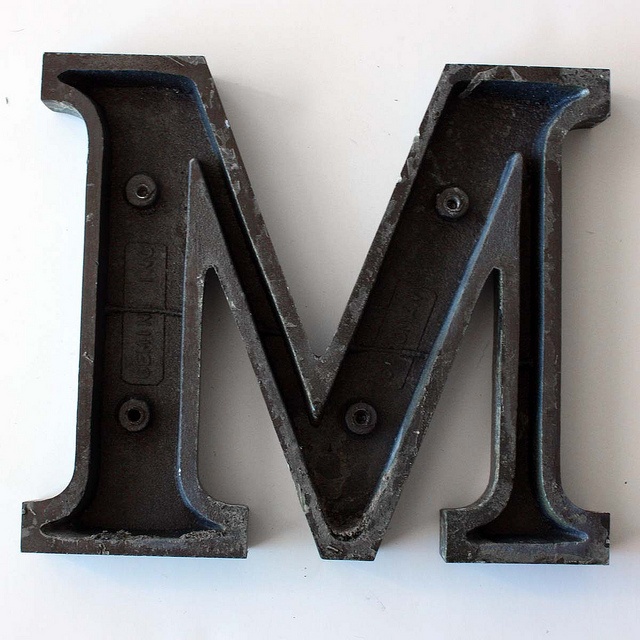
His children strive to write without blots!
This word is the most favorite for all the children of the planet.
- What word is the poem talking about?
- What do your hearts feel when you hear the word "mother"?
- Who would like to write it very beautifully?
- Say the word "mother" clearly, emphasizing each sound with your voice.
Divide into syllables. How many syllables?
- We work with the first syllable. The syllable ma is a fusion of the solid consonant [m] and the vowel [a]. I am writing ma, vowel a. (Similarly, the second syllable).
- Emphasize, underline the vowels.
- Compare your work with the copybook sample.
Autumn prepared the game "The word is relatives".
Choose the word - relatives to the word mom:
- mommy
- mommy
- mommy
- Call your mother affectionately more often, an affectionate word warms your heart.
2. METRO
- Autumn prepared another riddle:
The railroad where trains rush underground (metro)
A poster depicting the subway.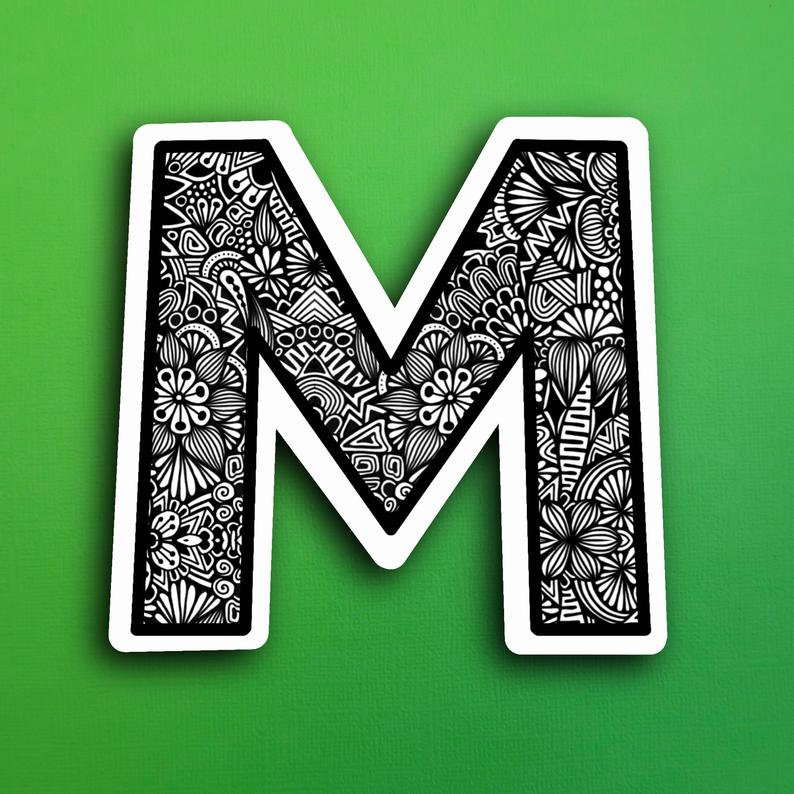
- Subway is an underground mode of transport. Trains rush fast, carry
people, the largest metro in Moscow. Subways are being built in other cities as well.
The nearest metro station in Novosibirsk.
1. The game "Sound - letter":
metro - [m e r o]
1 sound [m] - letter m
2 sound [e] - letter e
3 sound [t] - letter m
4 sound [p] - letter p
5 sound [o] - letter o
Stress, divide into syllables.
- Underline soft consonants with a green pencil.
- Underline hard consonants with a blue pencil.
- Mark the mistakenly dangerous place with a red pencil.
3. Game "Mark the place"
- Solve the rebus (the word mammoth is encrypted).
- Look at the picture of a mammoth.
- What do you know about the mammoth?
The mammoth is an elephant with long hair and large recurved tusks.
| - Mark | 1/3 |
| 1/2 | |
| huts |
- spell out one time beautifully, taking into account the slopes of the elements, the parallelity of the elements, the parallelity of the elements, the parallelity of the elements, the combination of elements correctly.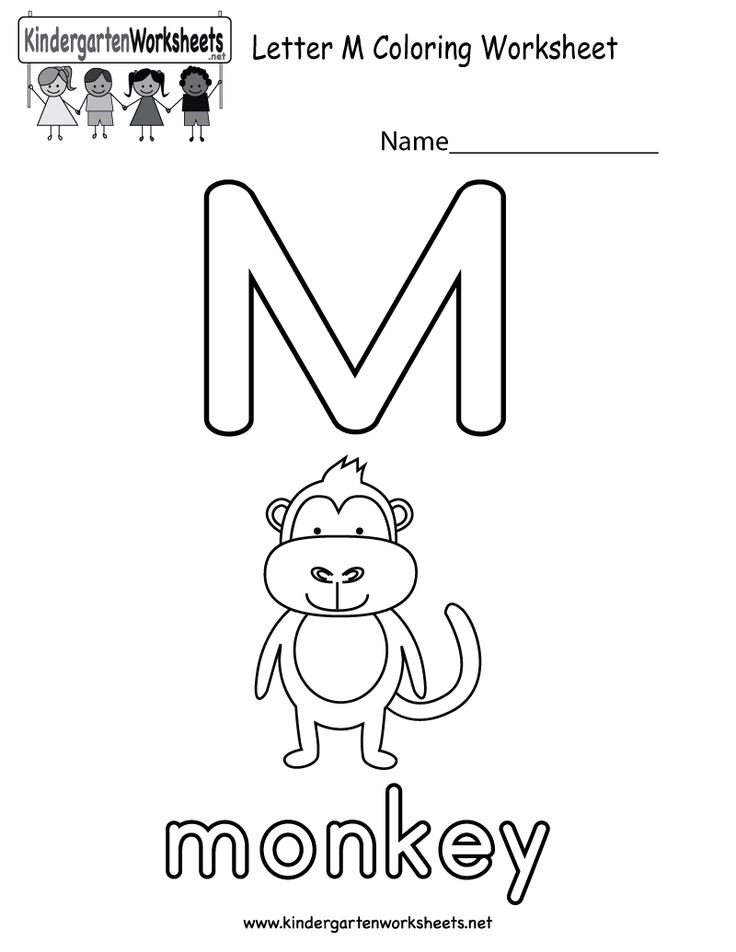
- What game would you like to play? ("Matryoshka")
- Make new words from the letters of the word mammoth.
| note | tone | manta |
| there | mat | tom |
- write the word in the correct spelling of which there are letters
PHYSICAL MINUTE
At the lesson we write letters, we barely breathe from effort
One, two, one, two, the head bowed.
We were a little tired, but we didn't stop writing
One, two, one, two, the first letter is visible.
After resting, let's start all the same, Dwarf secret will help us
One, two, one, two write letters of lace.
4. Game "Find a Pair"
- Read the words (the words are written in the copybook)
milk raspberry bridge mask
- Which of them fits the words he, she, it?
- Write the words on a blank line, divide them into syllables with a vertical line.![]()
Autumn has prepared a scheme:
- Choose a word that fits the scheme (mask).
- Mask - has a direct and figurative meaning.
1. A special overlay for the face with cutouts for the eyes, as well as a person with such an overlay.
2. Protective cloth for the face. Flu mask.
3. Appearance, appearance. For example: mask of joy
- Draw a mask of joy for autumn.
- And the letter m also gives you a mask of joy! (Poster depicting the letter m).
- Dear guys! Both Autumn and the letter m rejoice at how you have learned to write words beautifully with a new letter. Goodies!
X. PROPOSAL WORKING.
(The proposal is written in block letters)
Roma's mom and dad are builders.
Autumn offers the game "Translator"
- What do you know about the offer?
(A sentence consists of words. A complete thought is expressed in a sentence. In writing, the beginning of a sentence is indicated by a capital letter, and the end by a dot, exclamation or question mark.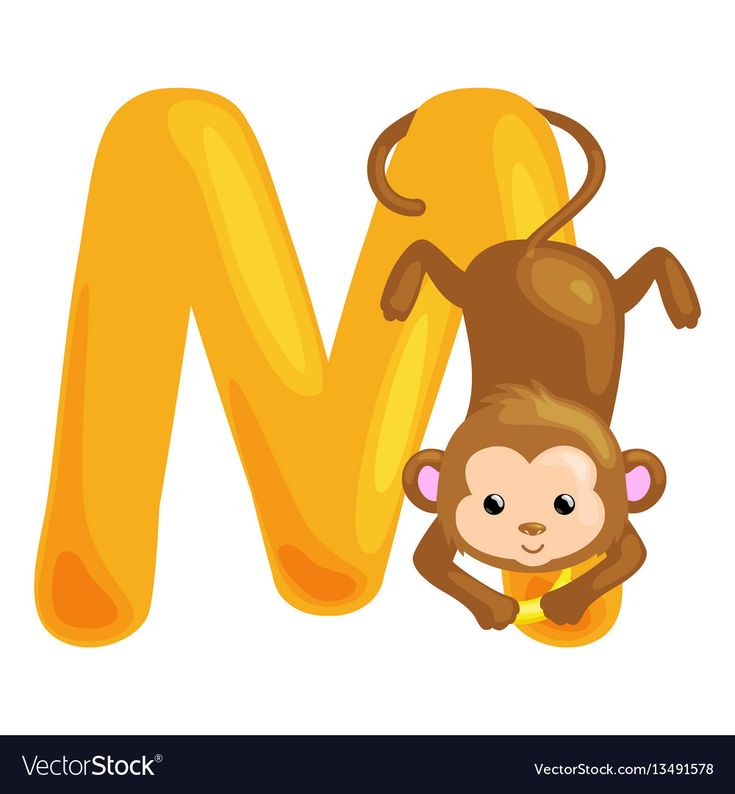 Words are written separately from each other. Proper names are written with a capital letter.)
Words are written separately from each other. Proper names are written with a capital letter.)
- Read the sentence in the spelling.
- Consider the line diagrams:
| 1.I_ __ __ _ __ __ . | 2. I_ I_ __ _ __ __ . | 3. _ I_ __ _ __ __. |
- Which scheme fits this offer. Justify the answer.
- Write the sentence, keeping the width of the letters, the distance between the words. Divide each word into syllables, stress, highlight erroneous places.
- Select all spellings of the sentence (beginning, end, V- space between words).
V Roma V's mother V and V's father V are builders.
XI. LESSON SUMMARY.
- What letter did you learn to write?
- What sounds does it represent?
- Name the algorithm for writing a lowercase letter m.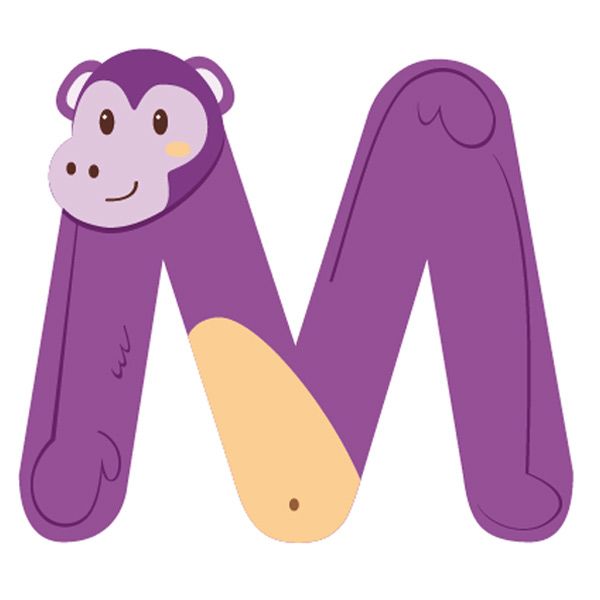
XII. REFLEXION.
- What was the most difficult part of the lesson?
- What advice should you give to your friend or classmate in order to overcome difficulties?
- Autumn thanks you for your active work. We have completed all the tasks of Autumn.
Thank you. The lesson is over.
Share…
Synopsis of the Russian lesson "Lower letter m"; Grade 1 - Russian language - elementary grades
Subject: Russian language
Grade: 1b
Teacher: Kuleshova Yulia Anatolyevna
Lesson theme : “ Little line M ”.
Lesson type: ONZ.
Target : formation of the skill of writing a new letter;
Tasks:
Educational - to consolidate the ability to perform sound - letter analysis of the word, to learn to work in pairs, groups, together;
Developing - to develop phonemic hearing, imagination.
Educational – educate a culture of behavior in frontal work, individual work.
Regulatory:
- understand the learning task of the lesson; carry out the solution of the educational problem under the guidance of the teacher;
- determine the purpose of the training task, control their actions in the process of its implementation, detect and correct errors;
- answer the final questions of the lesson and evaluate your achievements;
Cognitive:
- find the word corresponding to the sound pattern;
- solve puzzles.
Communicative:
- to formulate one's own opinion and position;
- follow the rules of working in pairs, in a group.
Personal:
- to develop the skill of cooperation with adults and peers;
- to focus on understanding the reasons for success in learning activities;
- focus on self-determination, meaning formation, moral and ethical behavior
Subject:
- extract sounds from words, characterize them, compare, label with a letter, build sound schemes, sentence schemes, read syllables and words with learned letters; read sentences aloud, translate printed text into written;
Equipment: prescription No. 3 V.G. Goretsky, N.A. Fedosova, cards with puzzles, threads for working in pairs, a poster "Rules for landing when writing", a projector, a screen for presentation.
3 V.G. Goretsky, N.A. Fedosova, cards with puzzles, threads for working in pairs, a poster "Rules for landing when writing", a projector, a screen for presentation.
Course of the lesson
Formed UUD: personal (emotionally - a positive attitude to the lesson, creating a situation of success), regulatory (providing students with the organization of their educational activities)
Org. moment
- Guys, look how many guests we have at the lesson. They all came to see you, what kind of disciples you have become.
- Say hello to .
- Sit down. Now smile at each other and give a piece of your good mood to your neighbor.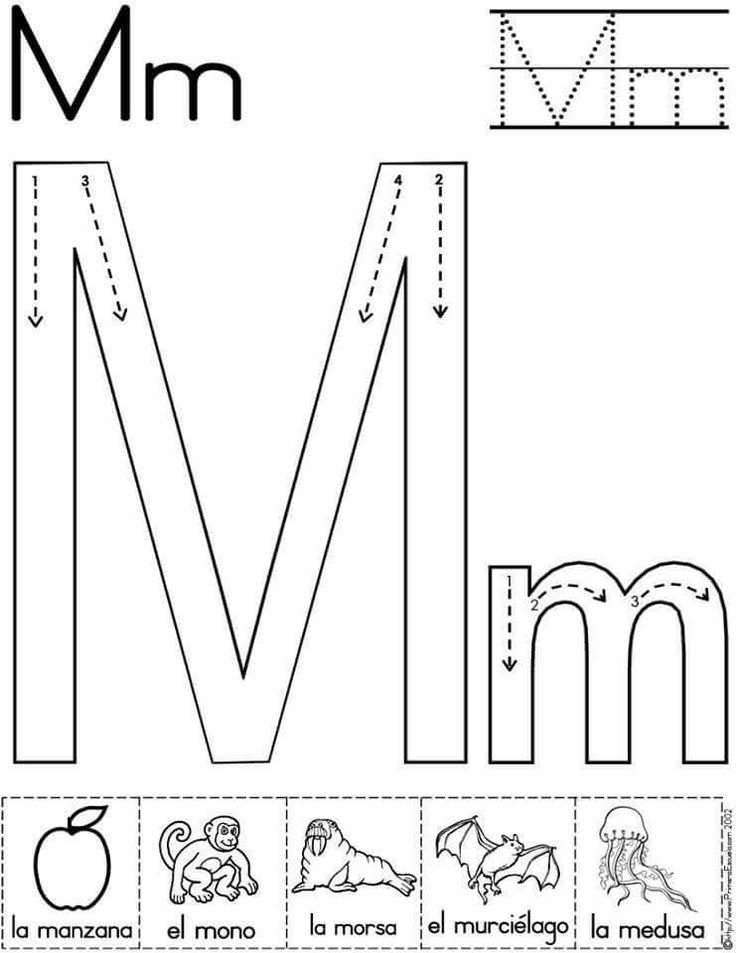
Checks the readiness for the lesson.
Creates an emotionally positive mood for the lesson, creating a situation of success and trust.
Check their readiness for the lesson.
Greet guests and each other.
Formed UUD: regulatory (goal-setting, self-regulation), cognitive (conscious and voluntary construction of a speech statement in oral form, problem setting, self-identification and formulation of a cognitive goal, choice of grounds and criteria for comparing and classifying objects, analysis of objects in order to highlight features)
Knowledge update
1. Knowledge update.
1). Let's play the game "Tell me a word"
* Speech sounds are .... (vowels and consonants)
* Letters are written and ... (printed)
* Written letters are capital and ... (lowercase)
* The beginning of the sentence is written with ….(capital letter)
* At the end of the sentence can be …(.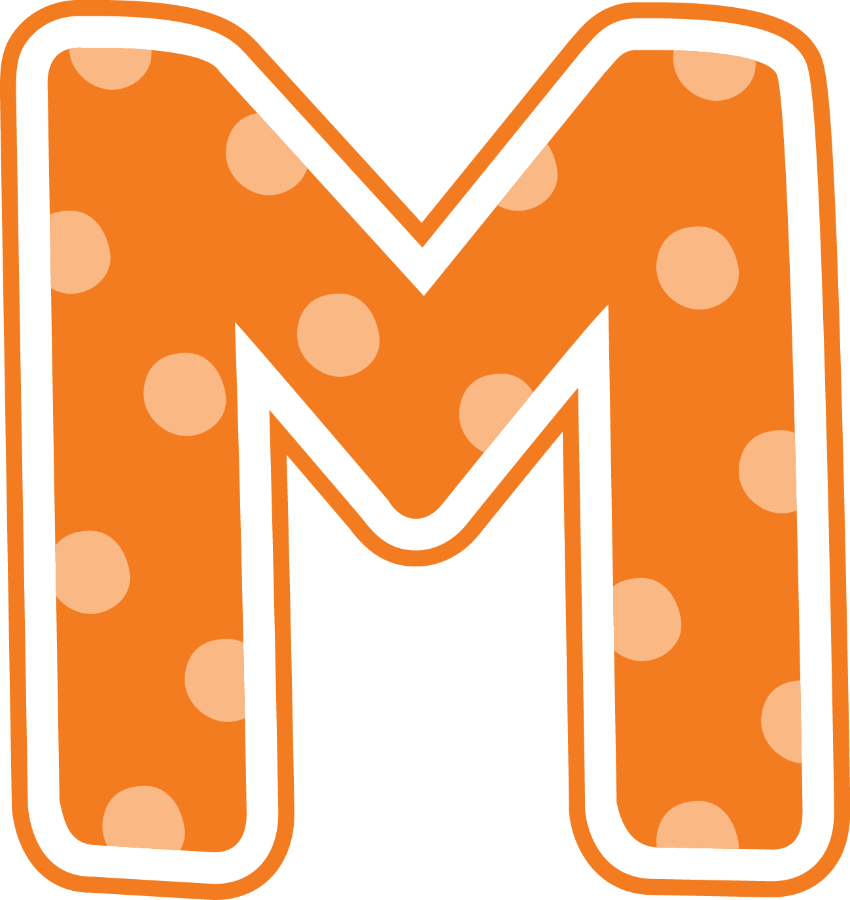 ?!)
?!)
2 Formulation of the topic and objectives of the lesson.
- I show pictures, and you name the first sound in these words (bear, raspberry.)
- What letter do we designate these sounds? ( m )
- Who can name the topic of the lesson?
- We look at the sheet with the algorithm.
1. What do you already know about the letter m? (consonant, voiced, unpaired)
0522 (learn to write lowercase m, combinations with letters)
3. What should you do to do this ? (follow the rules when writing, work together, listen to the teacher, do not interfere with classmates)
Organizes a dialogue with students.
Clarifies students' understanding of the objectives of the lesson.
Review the material covered.
Name the sounds m, m»
Formulate the topic and purpose of the lesson (with the help of the teacher)
Formed UUD: regulatory (assessment, correction, self-regulation), cognitive (conscious and arbitrary construction of a speech statement in oral form, choice of bases and criteria for comparing and classifying objects, analysis of objects in order to highlight features), communicative (expression of one's thoughts, possession of monologue and dialogic forms of speech, participation in various forms of work in the class (individual, frontal, in pairs), mutual control in joint activities).
Learning new material
-
Preparation of the hand for writing.
- Open copybook p.6.
- Let's compare small printed and written lowercase letters m. what elements does the lowercase letter m consist of?
- In a pair of woolen thread, lay out the written letter m.
Finger gymnastics.
One, two, three, four, five, Fingers came out for a walk.
This finger is the strongest, thickest and largest.
This finger is for showing off.
This toe is the longest and stands in the middle.
This finger is nameless, he is the most spoiled.
And although the little finger is small, it is very dexterous and daring.
- Who came to visit us? ( sailor )
- Why him? (begins with an m)
- Shade it in. But first, tell me what you will keep in mind while writing.
But first, tell me what you will keep in mind while writing.
I will lay the notebook with an inclination,
I will hold the pen correctly,
I will sit straight, I will not bend,
I will get to work.
2. Repetition of the studied elements.
- Circle the elements of the letter m and the waves on which the sailor sailed to us. Do the work yourself.
3. Writing a lowercase letter m.
The game "Master, good student"
- You tell me how to write a lowercase letter m, and I dutifully do it.
- To write the lowercase letter m correctly and beautifully, listen to the explanation.
(start writing just above the bottom line of the working line, round off, move your hand up to the top line of the working line, lead your hand down, round off, write an inclined line up, lower your hand down with a rounding to the right)
- - Write a continuous letter in the air.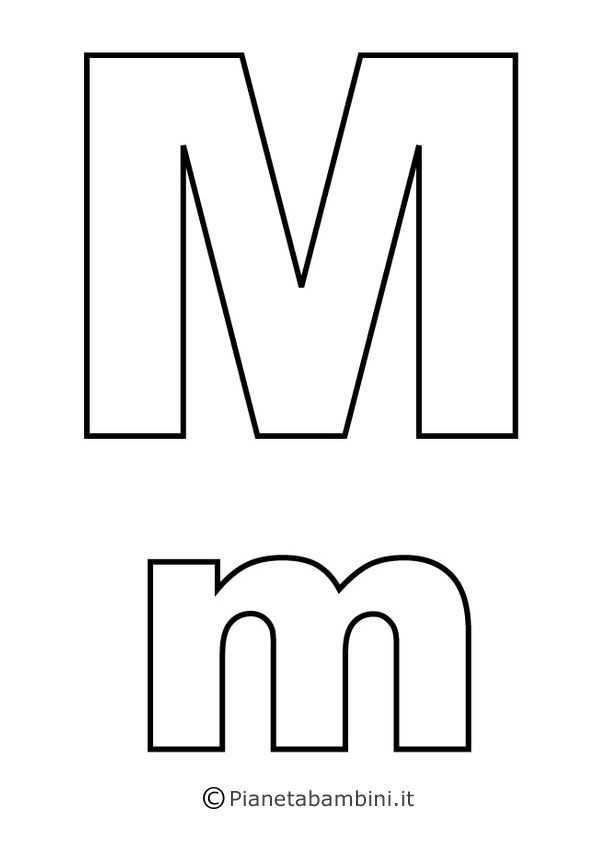
4. Independent work with self-test according to the standard.
- Write the line. Choose one beautiful correctly spelled letter from a neighbor.
5. Writing compounds with the letter m.
- Read the syllables of confluence with the letter m. ( ma, me, we ). Pay attention to the connection of letters.
- Do the work yourself.
Read the words with a lowercase m ( world, mother ). How do we combine the lowercase letters a and m in the word mom?
- Do the work yourself.
- Bogdan and Valya, make a sound scheme for the words mom, world. And for all the rest, with a green pencil, put a thick dot under the letter m, which means a soft sound m.
- Prepared palms. If the scheme is correct, then clap once.
- Applaud each other for good work.
- Read the sentence on the next line. What is missing?
- What words did Roman write? Pay attention to the hint from the sound schemes.![]()
- Write the words mom and world instead of dots.
6. Physical exercise for the eyes (Using ICT)
Formulates a task when moving from one activity to another.
Keeps children seated correctly while writing.
Organizes students' activities, peer review.
Reproduce the image of a new letter on board
Keeps children seated correctly when writing.
Maintenance of emotional mood.
Keeps children seated correctly while writing.
-Open the copybook on p.6
One student completes the task
Repetition of the material covered.
Work in pairs (perform synthesis)
Perform exercises for the fingers, repeat the rules for proper fit when writing.
Open prescriptions on p.20,
Included in independent work.
One student completes a task on the board. Composes letters from elements (synthesis is carried out).
Evaluate the work of a classmate.
Work in pairs.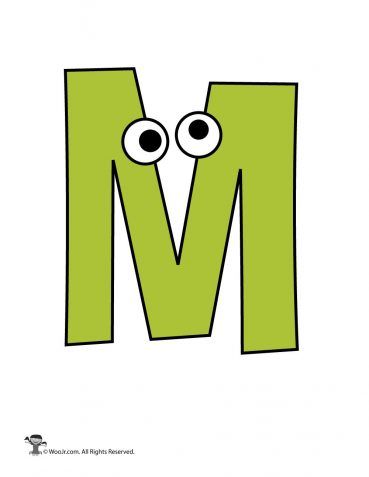 Mutual verification. Comparison of work with a sample, assessment of the work of a neighbor in the desk with the signs “+?”
Mutual verification. Comparison of work with a sample, assessment of the work of a neighbor in the desk with the signs “+?”
One student explains the spelling of a new letter.
Reproduce the image of a new letter
Do the work independently in a notebook, compare the work with the sample. Mutual verification.
Read combinations, analyze compounds.
Analyze connections with the syllable am.
Two students at the blackboard. Do the work on their own in a notebook, compare the work with the sample.
Children analyze diagrams and words to them, argue the correctness of their answer.
Formed UUD: regulatory (correction, evaluation, self-regulation), communicative (expression of one’s thoughts, possession of monologue and dialogic forms of speech), cognitive (understand the question, in accordance with it build the answer in oral form, to compare the studied objects according to the criteria set by the teacher).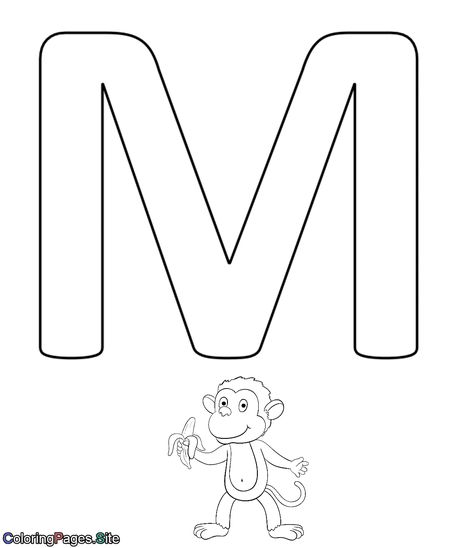
Consolidation of knowledge.
1. Writing in written letters the proposal given in printed form.
-Read the sentence.
- How many words does it contain?
- Draw a diagram for it.
-What should we do now?
- What are the rules to remember when writing proposals? (The first word is written with a capital letter, a period is put at the end of the sentence, when writing we pronounce the word to ourselves)
- Raise your hand if you need to be reminded of the spelling of the letters that will appear in the sentence.
- Capitalize the sentence on the next working line.
- The game "Solve the rebus". In groups, guess the word encrypted in the rebus.
- Checking (presentation). What word did group 1 and 3 (mimosa), group 2 and 4 (midge), group 5 and 7 (milk), group 6 (frost) get?
Solve the puzzles in the copybook and write down the answers in the next line.
- Check against the sample. Rate your work.
Rate your work.
Organizes work with students.
Encourages to express one's opinion.
Keeps children seated correctly when writing.
Calls to the board the children who have already written the sentence
Controls the work.
Controls the performance of work
Children analyze the words, argue the correctness of their answer.
Two people work at the board.
Repeat the material covered.
Perform the task, compare the work with the sample on the board.
Perform the task in groups.
Perform the task in the recipe.
Formed UUD: personal (self-determination, sense formation, moral and ethical orientation), regulatory (correction, evaluation, self-regulation), communicative (expression of one’s thoughts, possession of monologue and dialogic form3), 95 cognitive form (understand the question asked, in accordance with it build the answer orally).
Inclusion in the knowledge system.
- What other flowers do you know? (rose, chamomile, tulip…)
- What do all plants have in common? (bud, stem, leaves, roots)
- Why does a person need flowers? (beautify life)
- This Sunday will be Mother's Day. Give moms a gift - a picture of bright, beautiful flowers.
Organizes a dialogue with students.
Review the material covered.
Formed UUD: personal (self-determination, meaning formation, moral and ethical orientation), regulatory (correction, evaluation, self-regulation), communicative (expression of one’s thoughts, possession of monologue and dialogic forms of speech), cognitive (understand the question, in in accordance with it, build an answer orally).
Reflection
- What should you have learned in writing today?
- Evaluate your work in class. Wave to the sailor (gesture bye) if you have learned how to write a lowercase letter m, show this gesture (calls to a sailor) if you still need to learn how to write a lowercase letter m.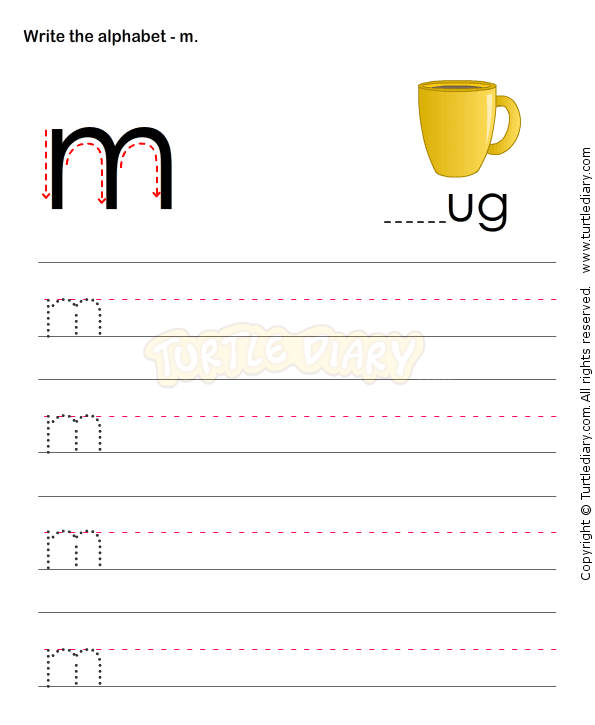
- Well done guys! You worked well in class today, pleased me with your answers, and we corrected small mistakes together. Let's wave to the sailor and send him on a free voyage. We don't need his help anymore.
Determine the level of success of their activities in the lesson. They learn how to properly assess their work in the classroom.
Self -analysis of the lesson
Literacy training on the topic “Letter Mettage M letters M”
Program : letter
Topic : letter of the line letter M
Form: 905
Teaching methods used in the lesson:
-
verbal (story, conversation, explanation),
-
explanatory - illustrative (teacher's presentation, students' observations),
-
productive method.
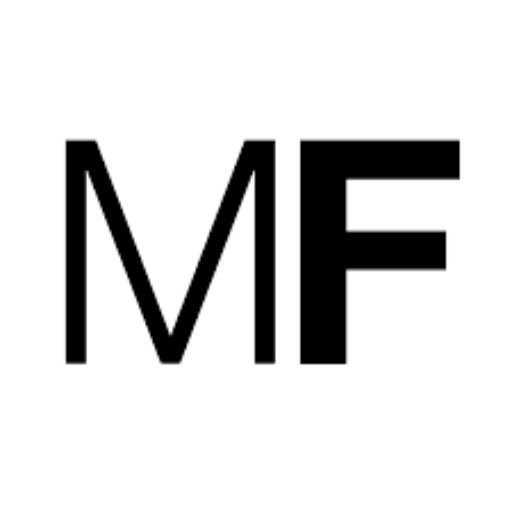
Forms of organization of work in the lesson:
-
front
-
steam room
-
individual
-
collective
Planned results:
Regulatory:
- understand the learning task of the lesson; carry out the solution of the educational problem under the guidance of the teacher;
- determine the purpose of the training task, control their actions in the process of its implementation, detect and correct errors;
- answer the final questions of the lesson and evaluate your achievements;
Cognitive:
- find the word corresponding to the sound pattern;
- solve puzzles.
Communicative:
- to formulate one's own opinion and position;
- follow the rules of working in pairs, in a group.
Personal:
- to develop the skill of cooperation with adults and peers;
- to focus on understanding the reasons for success in learning activities;
- focus on self-determination, meaning formation, moral and ethical behavior
letters; read sentences aloud, translate printed text into written;
Equipment: prescription No.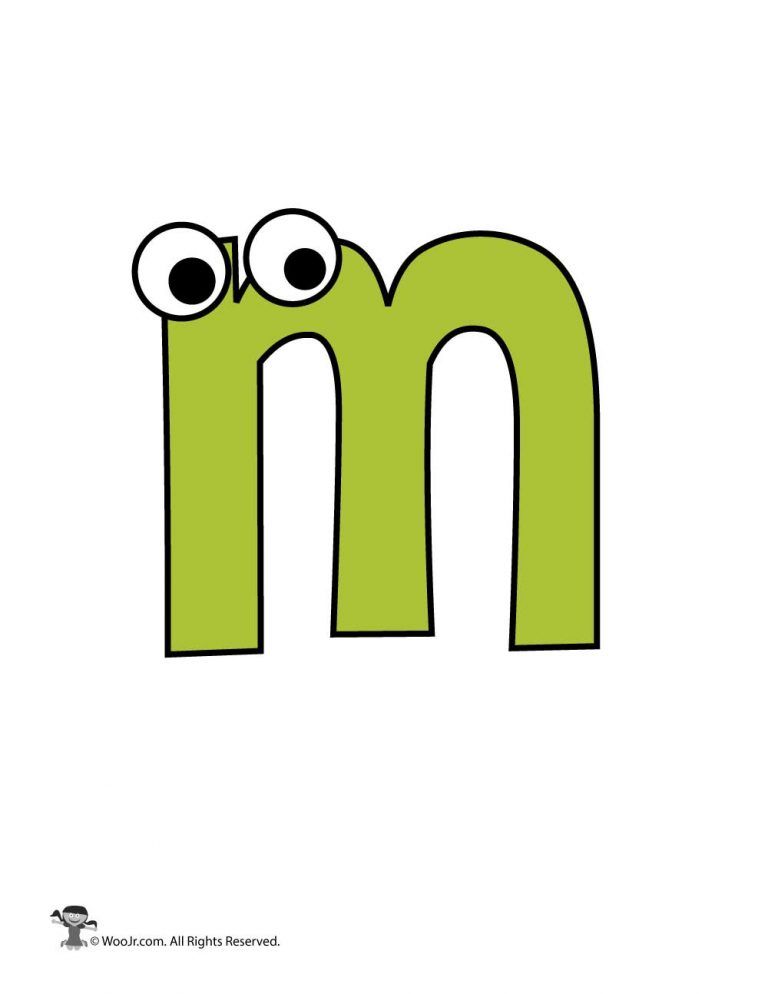 3 V.G. Goretsky, N.A. Fedosova, cards with puzzles, threads for working in pairs, a poster "Rules for landing when writing", a projector, a screen for presentation.
3 V.G. Goretsky, N.A. Fedosova, cards with puzzles, threads for working in pairs, a poster "Rules for landing when writing", a projector, a screen for presentation.
The lesson is carefully thought out and each stage, assignments are drawn up, questions are selected, various methods of activating the activity of students are used. The lesson is built in accordance with the requirements of the Federal State Educational Standard, taking into account the age and psychological characteristics of students.
The stages of the lesson were closely interconnected, various activities alternated. Mental actions were based and reinforced by practical ones. The educational material throughout the lesson worked to organize a feasible search and study of first-graders, corresponded to their life experience.
1. The beginning of the lesson was organized. With the help of a short poem and an emotional and psychological mood in the greeting, the students got involved in educational and cognitive activities.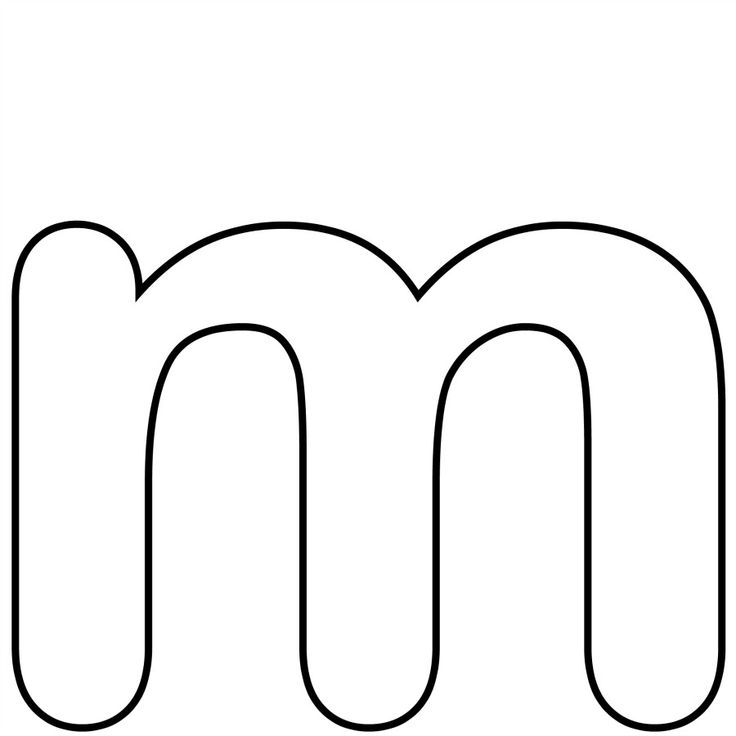
2. The next stage of the lesson is self-determination for learning activities , the most important, since at this stage the topic is formulated, the objectives of the lesson are determined, and, most importantly, assessment takes place - the students highlight and realize what has already been learned, and what else need to be learned. The topic and objectives of the lesson were determined by the students themselves, based on the corresponding problem situation.
3. At the stage of actualization and fixation of individual difficulties in the trial action , a collective form of work was used, where the functions of a teacher were provided to "strong" students, and weak students were given the opportunity to answer questions, show their activity
At this stage, the method of creating problematic situation - a practical task that students have not encountered so far. The children realized that there was a difficulty in completing the task and this difficulty had to be overcome.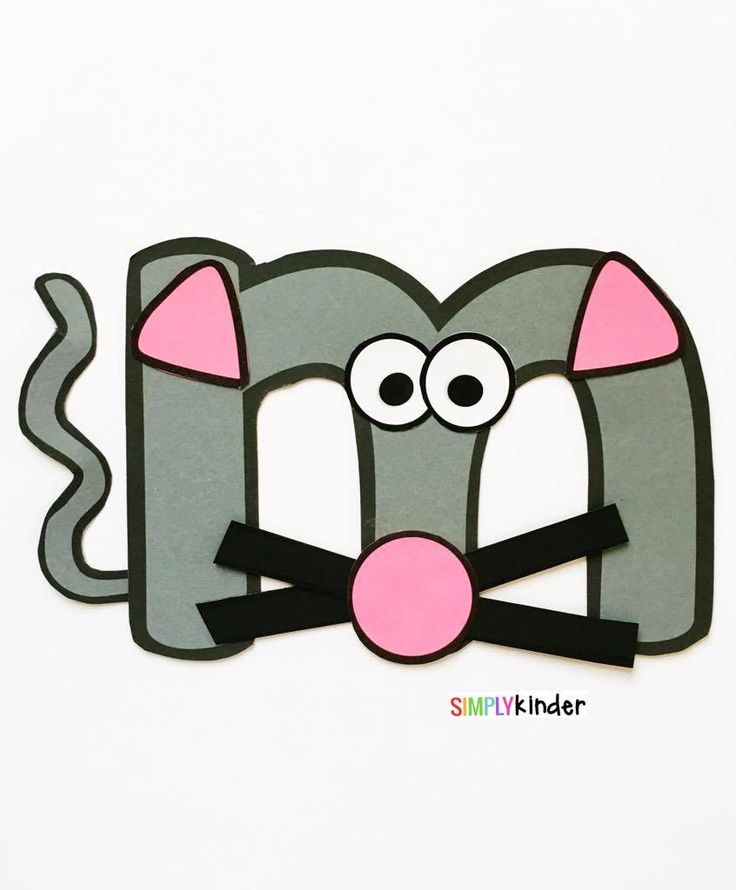
4. The educational goal was the core throughout the lesson. To achieve this goal, students at the project implementation stage showed themselves in the ability to find information, analyze it, reason, answer the questions posed, use the previously acquired knowledge and formed skills and abilities.
At the same stage, self-assessment of their activities and assessment of work in pairs were used.
5. At the stage of primary consolidation, together with the children, I identified the area of knowledge and skills in which difficulties are possible. Few mistakes were made.
6. One of the tasks of a primary school teacher is to work on the formation of communicative universal learning activities.
At the stage of independent work I suggest that students organize work in pairs, it helps to teach students to express their opinion, defend it, and provide mutual assistance. Also at this stage, for children working at a fast pace, differentiated assistance was provided in completing the task without explanation from the teacher.


